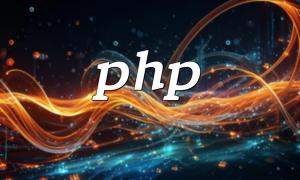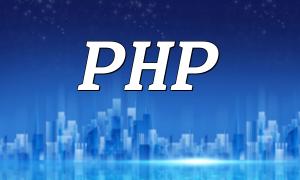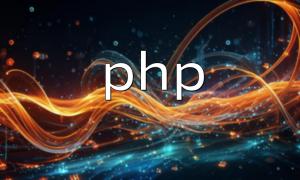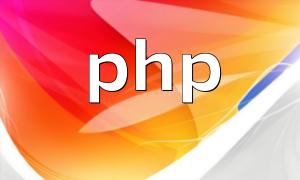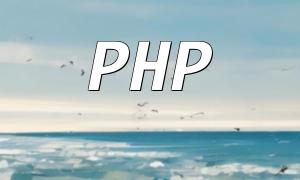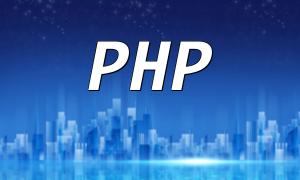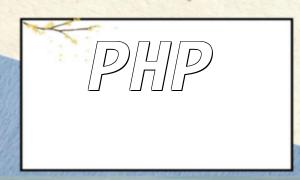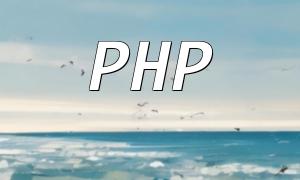With the widespread use of the internet, email has become an essential tool in both work and life. Exchange email, widely used by enterprise users, is known for its powerful features and reliable performance. This article will walk you through how to develop Exchange email functionality with PHP, helping developers quickly set up the environment and customize development.
Before developing a PHP application, you need to set up the development environment. Developers can choose an integrated development environment (IDE) like PhpStorm, NetBeans, or directly set up the PHP environment locally. It is recommended to use integrated environments such as XAMPP, WAMP, or LAMP, which support Apache, MySQL, and PHP, and are compatible with Windows, Mac, and Linux operating systems.
Exchange Web Service (EWS) provides an API interface for communication with the Exchange server. To interact with the server, you need to install the EWS SDK for PHP. This official PHP library simplifies data processing and communication with the Exchange server. The latest version of the EWS SDK for PHP can be downloaded and installed from GitHub.
Before starting development, you need valid account credentials to connect to the Exchange server. Also, ensure that necessary PHP extensions, such as cURL, are installed for HTTP communication. Once the connection is successful, you can access and manage Exchange email, calendar, contacts, and other functionalities.
With EWS SDK for PHP, sending emails is easy. First, you create an ExchangeMessage object and set the sender, recipient, subject, body, and other details. Then, you use the relevant API method to send the email. Here is a sample code:
use jamesiarmesPhpEwsClientMailAPI as Client;
$client = new Client($server, $username, $password);
$message = new jamesiarmesPhpEwsTypeMessageType();
$message->Subject = 'Hello';
$message->Body = 'This is a test email.';
$message->ToRecipients = array('test@example.com');
$client->CreateItem($message);
With EWS SDK for PHP, you can easily read emails from the Exchange mailbox. First, use the API to retrieve the list of emails, then loop through the list to read each email’s information. Here's a code example:
use jamesiarmesPhpEwsClientMailAPI as Client;
$client = new Client($server, $username, $password);
$findFolder = new jamesiarmesPhpEwsRequestFindItemType();
$response = $client->FindItem($findFolder);
foreach($response->ResponseMessages->FindItemResponseMessage as $message) {
$itemId = $message->RootFolder->Items->Message->ItemId->Id;
$email = $client->GetItem($itemId);
echo $email->Subject;
echo $email->Body;
echo $email->DisplayTo;
}
In addition to sending and reading emails, the EWS SDK for PHP offers many other features, such as attachment management, email searching, calendar management, and contact operations. Developers can customize their applications based on their specific needs by utilizing the appropriate API methods.
This article provides a detailed guide on how to develop Exchange email functionality with PHP. By setting up the development environment, installing the EWS SDK for PHP, connecting to the Exchange server, and using the relevant API methods, developers can easily send and read emails as well as develop other features. We hope this tutorial helps you get started quickly and engage in custom development.
